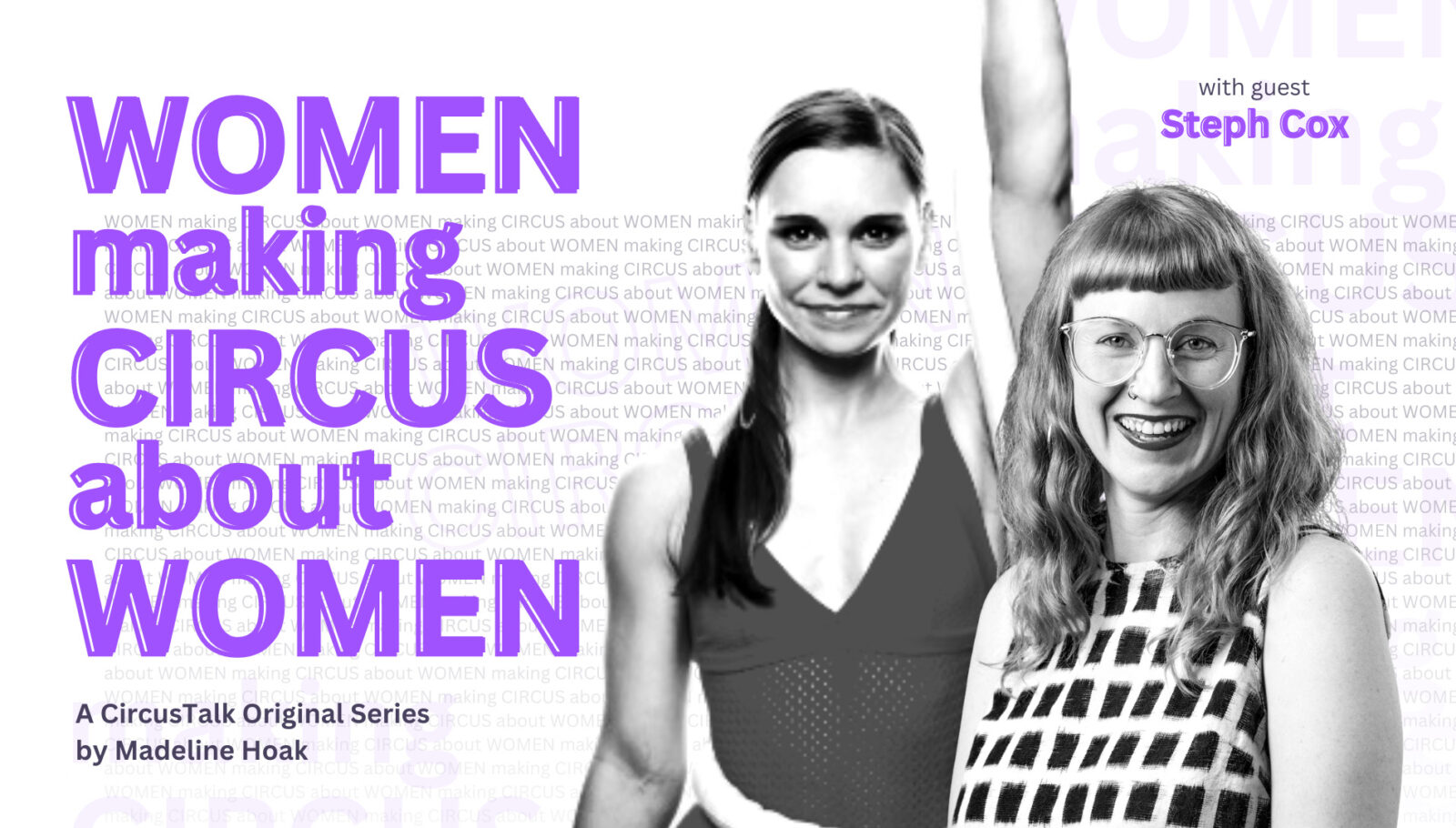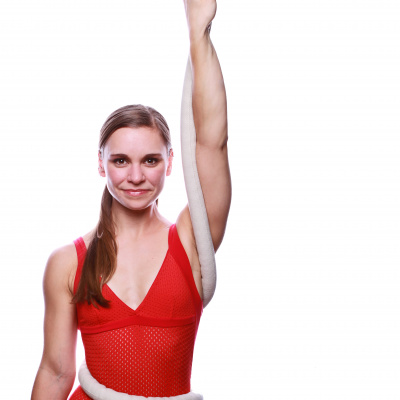How to Function in a Feminist Way with Steph Cox from Women’s Circus
When this series began, a few people and institutions came immediately to mind. One was Women’s Circus in Melbourne. Being sixteen hours apart and often living during different days of the week, Steph Cox and I spend the better half of a year trying to connect. Finally, our faces appeared side by side on Zoom! Cox is the kind of person I immediately like: well-spoken, accomplished, doing good work in the world, and so grounded and cool that you want to immediately invite her into your inner circle for a drink and a chat. She has worked in circus for nearly fifteen years as a stage manager, a production manager, in producing, and programming. She’s a researcher and an advocate. Now, she is the Executive Director of Women’s Circus working to expand and uphold the organization’s legacy. As this series comes to a close, it seems fitting to highlight, as Cox said, “one of the oldest continuous circuses in Australia” that uplifts their community. Below is the story of Women’s Circus as told by Cox.It’s an important read for anyone seeking to create a truly welcoming, accessible, and inclusive space.
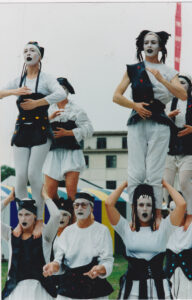
Before we begin:
The Women’s Circus is not just for women. I will be using very women/female-centered language, but at Women’s Circus we actually include anybody of a marginalized gender. And this is people who are marginalized by the patriarchy. So, people who are non-binary, gender fluid, trans men and trans women. Anyone who is from a marginalized gender is welcome here. I wanted to say that upfront because I feel naturally a lot of our language will–because of the series–be more women/female centered. It is important and great, but I wanted to be clear that that’s not the only people we include here at Women’s Circus.
An Origin Story:
Women’s Circus was founded in 1991 by Donna Jackson. Originally was a response, a way for Donna to find a really practical way to support people who were survivors of sexual violence and abuse. They began in Footscray, in Melbourne’s West.
Their idea was to present to audiences–to the community–that women were strong and in control rather than being on the defensive, to present this more positive view of a political feminist. It’s interesting, because they spoke of at the time that they weren’t afraid of that agenda because there were multiple women. There was that sense of numbers and solidarity. So they could be challenging, they could go out into public spaces where traditionally women hadn’t felt safe, or to encounter people, challenge audiences because they had strength in numbers and that solidarity. There was real strength in that.
The circus was built on this idea: to challenge audiences’ expectations by combining theater and circus in a style that was very absurdist and surreal. And essentially, that is still exactly what we do here. They wanted to challenge audiences and themselves with [topics such as] stereotypical body images, associations with women, particularly with aging women. And that is still really relevant today. We’re still doing that same work. We are working to empower women, through creating work together, through training together to challenge audiences’ perceptions of what’s possible, of gender norms, of stereotypes.
Two other key points are that we’re a queer organization. We identify very strongly with the LGBTQIA+ camp. About 50% of our members and our staff identify within the queer community. And secondly, being in Melbourne’s West is also a very unique part of our identity. Arts in the West are a really strong community. There’s a strong sense of identity in the West being separate from the North, South, East of Melbourne. That’s very strong for us. This is our home.
.
What Women’s Circus Feels Like:
“A sense for audience members that I want to be a part of that. I can be a part of that.
There is a powerful message being sent that women can do anything, that women are strong, capable and creative.”
– Member from 1996
Intersectionality
I think we epitomize what the series [Women making Circus about Women] is. It’s the work we do, it is the performance making we do, and it’s how the organization works. That being said, we are broadening our vision. We want to be more intersectional feminists. We’re really looking at people with a marginalized gender who have other compounding barriers. We are really focused on that at the moment. Mothers, people with disabilities, people who are multilingual, low income earners have always been on Women’s Circus radar. We are trying to present intersectional, diverse stories on stages to tell the story of, and challenge audience perceptions of more than just white, cis women.
Pushback
On a day-to-day level I don’t find much pushback or obstacles in the way we work or in the work we present. Sometimes there is pushback to our gender inclusion policy,particularly on social media – but we are committed to fostering an inclusive space so we use these those opportunities to educate and advocate.
The only other challenge we have is that we are a social circus. We work a lot with community members, less so with professional artists, so carving the space out for ourselves–even after 30 years–of sayingwe are just as valuable to the performing industry, the network, the sector. That is a challenge. And I don’t know if we face more of a challenge in that space because we’re women. There’s this idea of a bunch of women getting together in the community and putting on a show. And is that as worthy as those good looking, fit acrobats, many of whom are male? It’s hard to pinpoint that gender is a part of that, but I’d also find it hard to believe that gender isn’t.
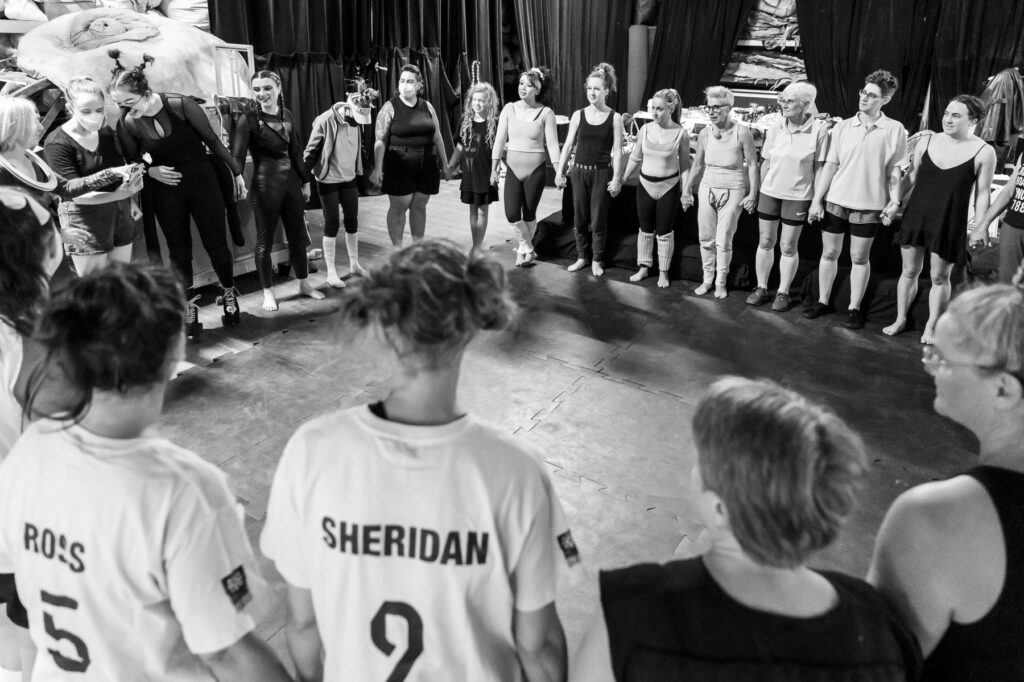
How Women’s Circus Functions in a Feminist Way
Engrained in the way we work is compassion, active-listening, personal agency. We talk about being individuals together–individuals that have their own way of working, working together. That is celebrated. Everyone brings their own experiences, their own identities, their own outside life to the circus and we don’t shun that, we celebrate. That doesn’t mean there’s no challenges in working together. But then we all work together as one.
Because it’s almost so inherent–a way of being– it’s really hard to pull out the tangible practical things [examples]. This is from a member who trains and performs at Women’s Circus. And I think it speaks to this:
“In the best possible way, we never just walk into the room and class starts. In other spaces you enter and are given an instruction and expected to start moving. At Women’s Circus there is chatter and laughter, there’s a formal start to class with an acknowledgement of country, there are introductions: names and pronouns. At the start of class the trainer might ask everyone what brought them there / what their experience is. There is space to let your trainer know of any injuries, access requirements or even goals (long-term or short-term) for the class. During terms we’ll often go around and share something from our day or week while we begin our warm-up. This is such a simple intuitive to help us feel connected as a community, to understand where everyone is coming from and what energy they’re bringing into the space, it lets us know that we are valued as individuals and wherever we’re at, it’s okay.”

Folks pictured:
Venue:
Show: Momentum
Festival: Alter State Festival
Date: 2022
One Way Your Circus Can Function in a Feminist Way
Change the pace. It’s super patriarchal that the way we work in all sorts of organizations is at a pace that does not allow for any of those things: compassion, active listening, and self agency.
In the theater, when we work with our inclusive ensemble, instead of having one week of production, we have two. It costs extra, but what it does is it allows for all the things that we say we want, all the values that we have, and the ways that we want to work. You have to do it. And for that, you need time.
Even our classes, they run for two hours, which is quite long for a circus class, because we allow time at the beginning for our starting circle and games. There’s much more than just warm up and get up on your apparatus to learn a skill. That isn’t what we do here. Slow the pace would be my big piece of advice.
Access as a Wider Concept
Women’s Circus is a bit ahead of the curve of a lot of organizations [in Australia]. We understand access as a wider concept. We provide access that includes transport for low income earners, it’s providing childcare, it’s as well as your more traditional access services like sign language, and audio description. We really think about access for everyone and what the barriers are to working. Here [in Australia], people will give you money–whether it’s donors, whether it’s the government–to fund access, and you can think about it wider.
That would be my other main advice for organizations. If you want to work in a way that includes those values that are stated, you need to think about what the barriers are in a broader mindset and work towards reducing those barriers where you can.
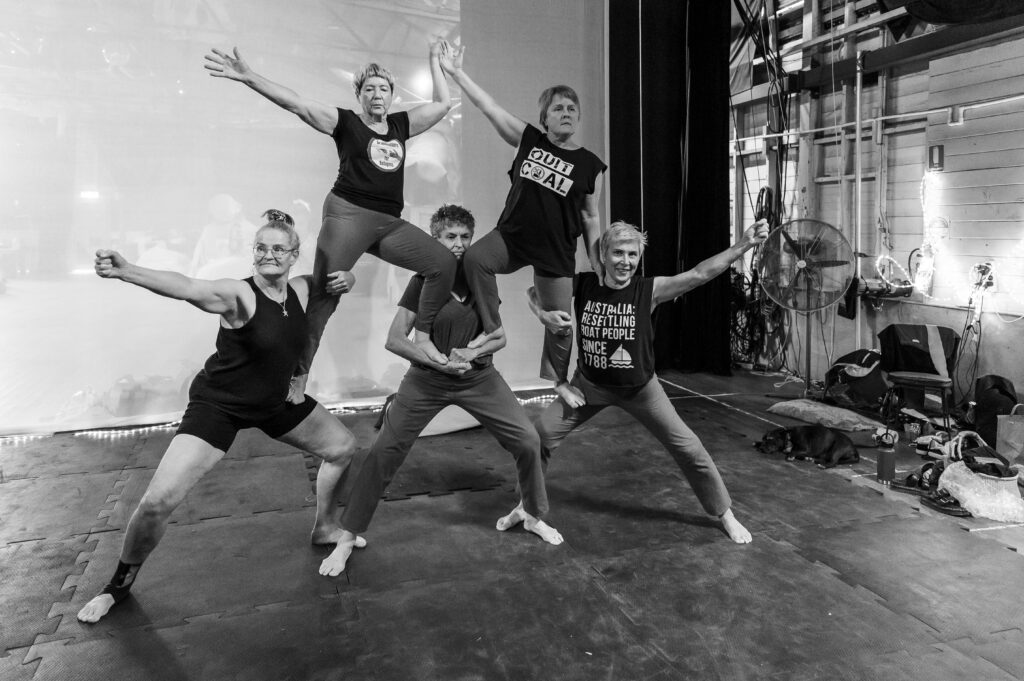
A Hope for Today
I hope as an entire circus industry across the world that we can continue to lift each other up, and continue to work together and support each other in a way that continually betters off the whole community.
I assuming this is a world-wide problem: accidentally undercutting each other in prices or putting up with really shitty conditions because you want the work. But if we found some solidarity in that, then we could all lift each other up. I think on the surface, we all talk about we’re in a big community and we’re a big family. But when it comes down to it, we don’t always lift each other up and better the conditions for everyone. Let’s acknowledge that unintentionally, perhaps, we don’t always work for the betterment of others, and we could do better.
Hopes for the Future
For circus–I can only really speak to Australian circus–I have so many hopes! I hope that we have a richer, more diverse sector in the future, whether that be around class, cultural identity, identity in general. We have a very hefty side of white, cis women and cis men on our stages and I’m really looking forward to the time when we have been able to build up beyond that. I think I can count on my fingers how many professional First Nation circus artists we have. That is ridiculous. I’m really looking forward to a future where I’m not having to advocate for diversity.
For Women’s Circus, it’s to keep doing what we have been doing for the last thirty years. To ensure that the organization is sustainable and we’re doing our best to uphold and act on our values that the circus has held for so long. We want to represent a true and diverse spectrum of people with a marginalized gender and support them to engage and be empowered by the circus. There’s a whole long list of things that go in there, but that is the true aim: to reflect the community and empower our community, which are people of a marginalized gender.
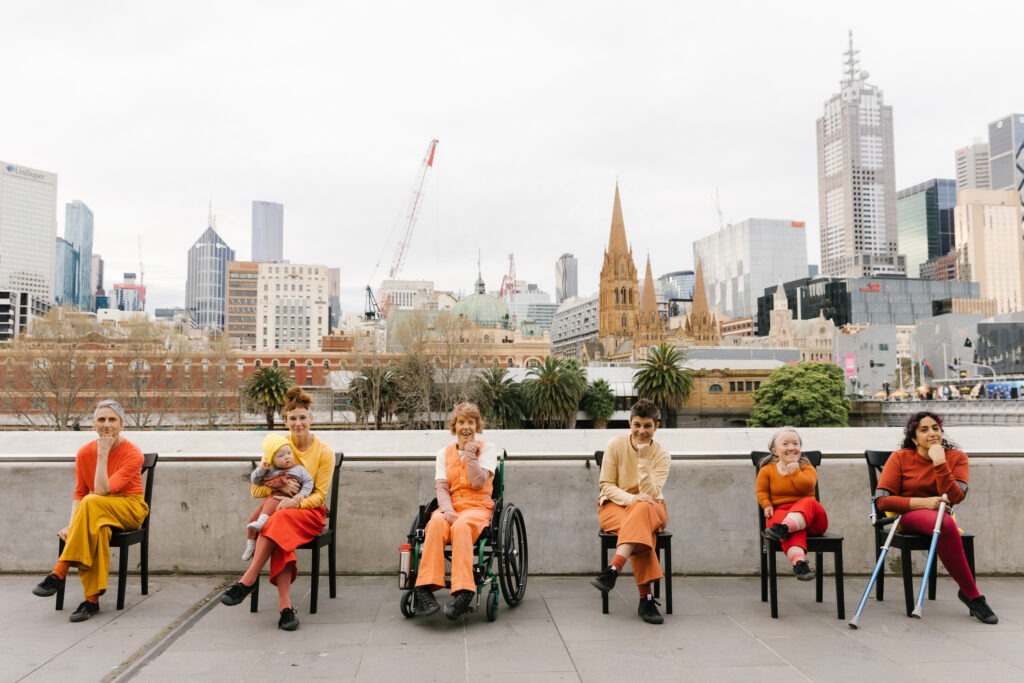
Edited on March 20th, 2024.
For more information on the organization, please visithttps://www.womenscircus.org.au/
...Do you have a story to share? Submit your news story, article or press release.

